Sea Turtles of San Felipe: Life, Survival, and Community Protection
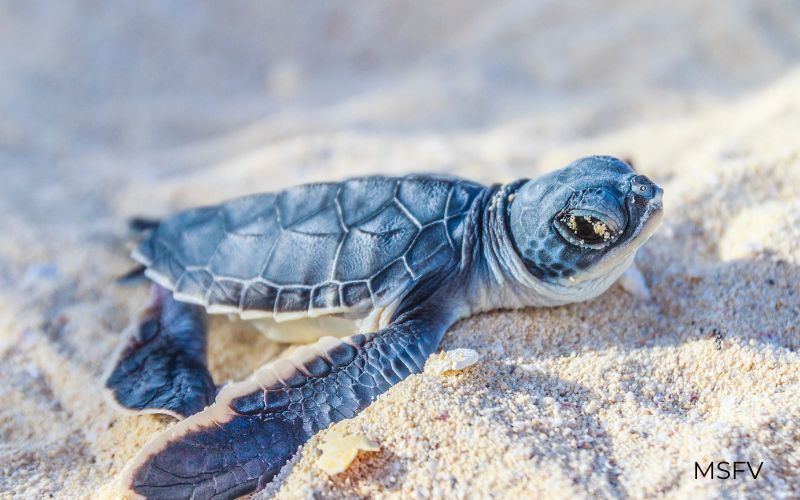
Every year in mid-June, San Felipe’s beaches come alive with one of nature’s most ancient rituals. Female sea turtles rise from the water before sunrise, dragging their heavy bodies up the sand to dig deep nests. Inside, they lay around sixty to one hundred eggs, then cover them carefully before returning to the sea. The beaches fall silent again, holding the next generation beneath the surface of the sand.
What Sea Turtles Make San Felipe Their Home?
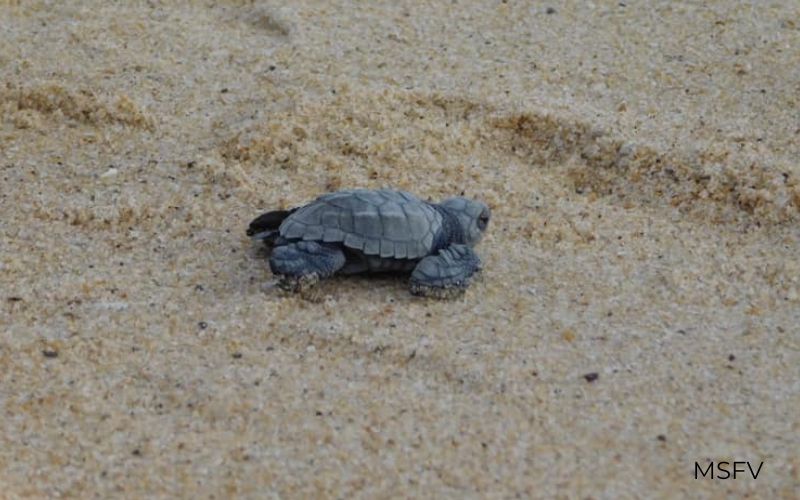
The main species nesting in San Felipe is the Olive Ridley turtle. Recognized by its olive-green shell and smaller size, this species is known for synchronized nesting events that can involve hundreds of turtles at once in other parts of the world. In the northern Gulf of California, smaller nesting groups appear each year between June and October.
When Do Sea Turtles Lay Their Eggs?
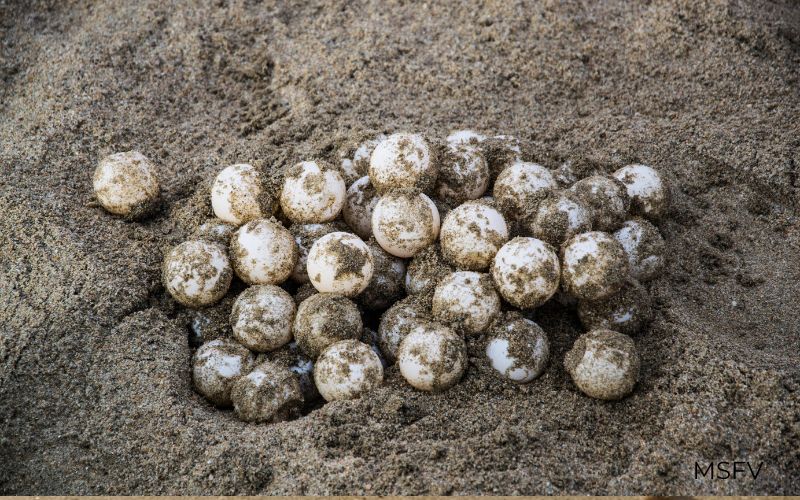
In San Felipe, nesting season begins in mid-June and continues through October. Each adult female lays several nests per season, often three to five, with around one hundred eggs in each nest. Once covered, the eggs remain buried for 45 to 60 days, depending on temperature. Warmer sand produces females, while cooler sand produces males.
How Do Sea Turtles Find Their Nesting Site Each Year?
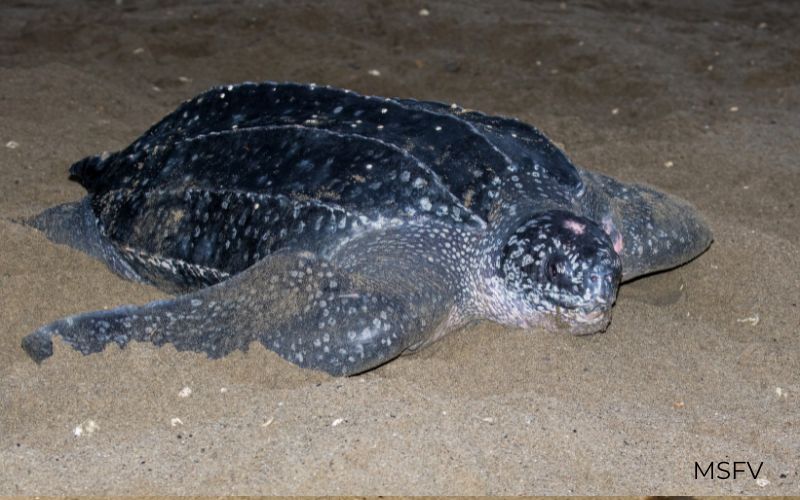
Sea turtles are guided by instinct and Earth’s magnetic field. After spending years in the ocean, mature females return to the same region where they hatched to lay their own eggs. Scientists believe they imprint on the magnetic signature of their birth beach, allowing them to locate it decades later with remarkable accuracy.
How Long Does It Take a Sea Turtle to Mature and Return to Nest?
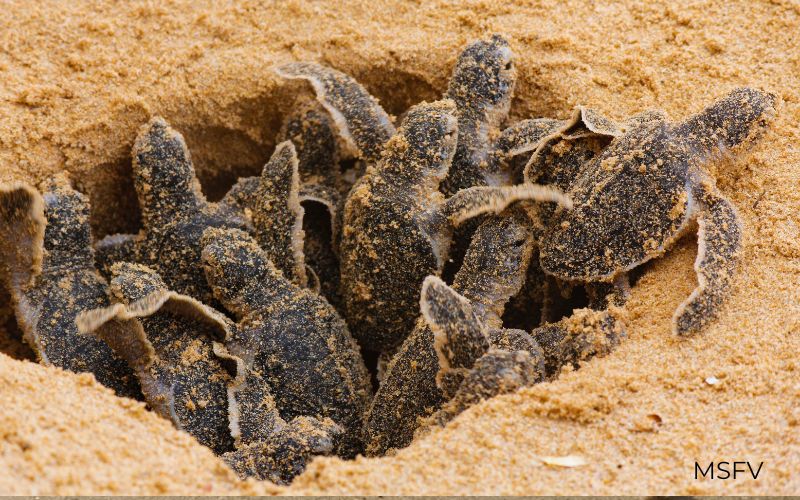
Reaching maturity takes time. Most sea turtles spend 10 to 15 years growing before they can reproduce. After hatching, they enter a long period called the “lost years,” when juveniles live far from shore in warm ocean currents. Once mature, females return near their birthplace to mate and nest, completing a cycle that began years earlier under the same sand.
How Long Do Sea Turtles Live in the Wild?
Sea turtles can live for more than 50 years in the wild. Many spend decades migrating through oceans, feeding on jellyfish, seaweed, and crustaceans. Yet only a tiny fraction—about one in a thousand hatchlings—survive to adulthood. Predators, pollution, and human activity make the journey from egg to mature turtle a constant struggle for survival.
What Threats Put Sea Turtles at Risk?
In San Felipe and across the world, sea turtles face natural and human threats. Dogs, birds, and crabs prey on hatchlings before they reach the water. Once at sea, fishing nets, marine debris, and plastic pollution take a heavy toll. Beachfront development and artificial lighting disorient nesting females and hatchlings. Climate change also affects sand temperature, shifting the balance between male and female births and altering hatching success.
What Organizations or Volunteers Safeguard Nesting Sites?
On the beaches of San Felipe, community-led projects play a crucial role in conservation. One of the most active groups is Campo Tortuguero Tata Meza, named in honor of a local fishing family. The camp operates with official recognition from PROFEPA, Mexico’s Federal Attorney for Environmental Protection. Volunteers patrol nesting areas, relocate eggs to protected enclosures, and assist during hatchling releases. Local groups such as the San Felipe Baja Pearl Head Club also help with funding and awareness.
How Can Locals and Tourists Contribute to Turtle Protection?
Everyone visiting San Felipe can take part in protecting sea turtles. The most important actions include:
- Keep lights off near nesting beaches during summer nights.
- Avoid driving or walking on dunes where nests may be buried.
- Do not handle or disturb hatchlings; let trained volunteers guide releases.
- Join local cleanup efforts to remove trash and plastic from beaches.
- Support community programs like Clean Beach for Turtles through donations or volunteering.
Each season, these local efforts protect thousands of eggs and give hatchlings a chance to reach the ocean. The beaches of San Felipe now serve not only as nesting grounds but as symbols of renewal and cooperation between people and nature. Every turtle that reaches the sea continues a story that began centuries ago, a quiet cycle of life that depends on care, respect, and community stewardship.

